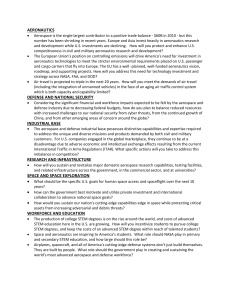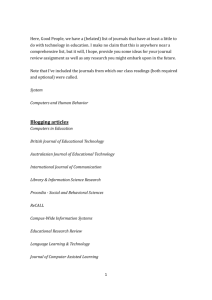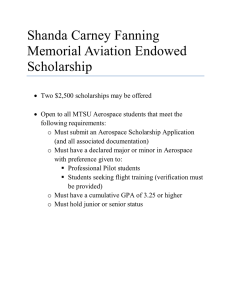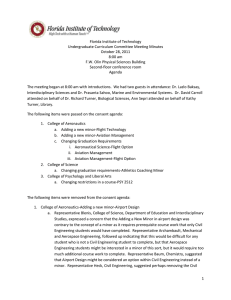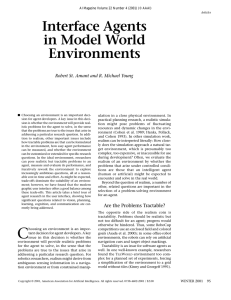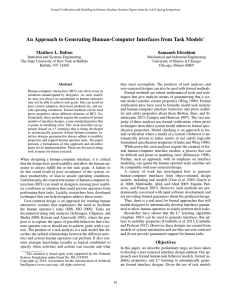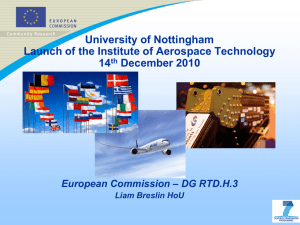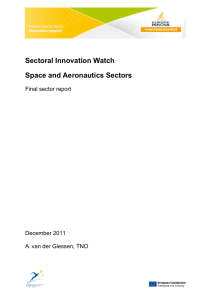O Preface
advertisement
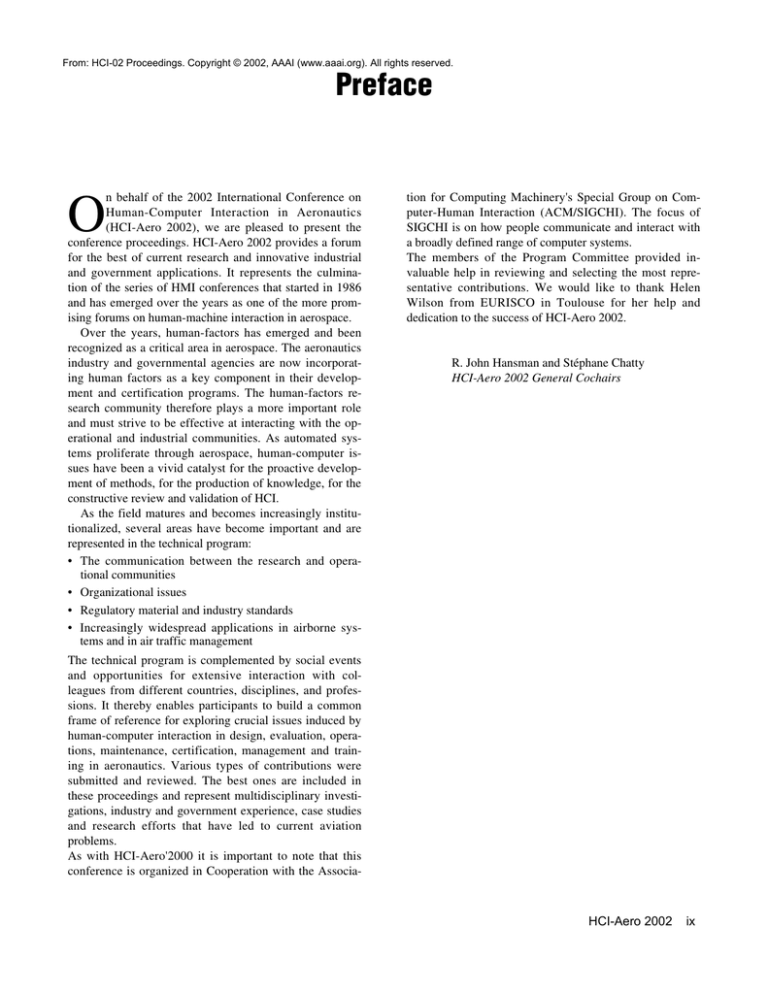
From: HCI-02 Proceedings. Copyright © 2002, AAAI (www.aaai.org). All rights reserved. Preface n behalf of the 2002 International Conference on Human-Computer Interaction in Aeronautics (HCI-Aero 2002), we are pleased to present the conference proceedings. HCI-Aero 2002 provides a forum for the best of current research and innovative industrial and government applications. It represents the culmination of the series of HMI conferences that started in 1986 and has emerged over the years as one of the more promising forums on human-machine interaction in aerospace. Over the years, human-factors has emerged and been recognized as a critical area in aerospace. The aeronautics industry and governmental agencies are now incorporating human factors as a key component in their development and certification programs. The human-factors research community therefore plays a more important role and must strive to be effective at interacting with the operational and industrial communities. As automated systems proliferate through aerospace, human-computer issues have been a vivid catalyst for the proactive development of methods, for the production of knowledge, for the constructive review and validation of HCI. As the field matures and becomes increasingly institutionalized, several areas have become important and are represented in the technical program: • The communication between the research and operational communities • Organizational issues • Regulatory material and industry standards • Increasingly widespread applications in airborne systems and in air traffic management O tion for Computing Machinery's Special Group on Computer-Human Interaction (ACM/SIGCHI). The focus of SIGCHI is on how people communicate and interact with a broadly defined range of computer systems. The members of the Program Committee provided invaluable help in reviewing and selecting the most representative contributions. We would like to thank Helen Wilson from EURISCO in Toulouse for her help and dedication to the success of HCI-Aero 2002. R. John Hansman and Stéphane Chatty HCI-Aero 2002 General Cochairs The technical program is complemented by social events and opportunities for extensive interaction with colleagues from different countries, disciplines, and professions. It thereby enables participants to build a common frame of reference for exploring crucial issues induced by human-computer interaction in design, evaluation, operations, maintenance, certification, management and training in aeronautics. Various types of contributions were submitted and reviewed. The best ones are included in these proceedings and represent multidisciplinary investigations, industry and government experience, case studies and research efforts that have led to current aviation problems. As with HCI-Aero'2000 it is important to note that this conference is organized in Cooperation with the Associa- HCI-Aero 2002 ix
